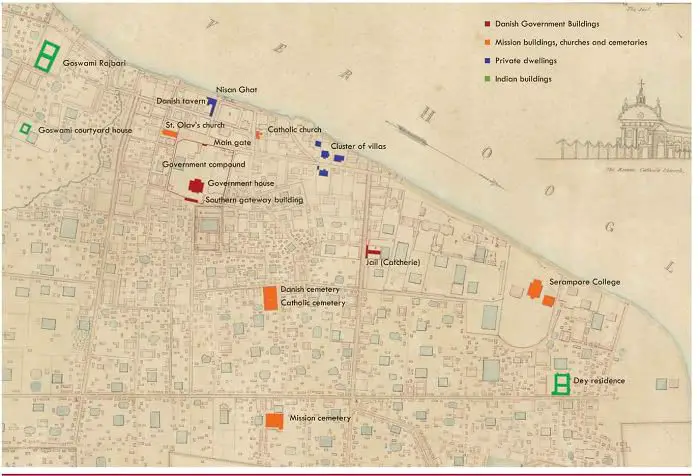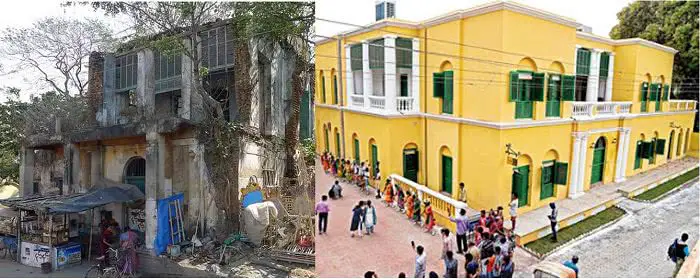“India is the cradle of the human race, the birthplace of human speech, the mother of history, the grandmother of legend and the great grand mother of tradition” ― Mark Twain.
India has been a source of Inspiration for the world since millennia’s, ancient trade linkages with other continents through Sea trading and Silk Route; not only exchanged commodities, eatables, textiles and jewellery but it was also accompanied by exchange of great ideas, innovations and aspirations. These aspirations of people living in far flung corners of the world who had limited natural resources to flourish lavishly, and gradual advancement in sailing lead to colonization of Africa, Asia and Americas by the Europeans which were resource hungry, technically advanced and experienced traders. One of their Colonies was the India, technically isolated from China and Central Asian Countries in the North by Great Himalayan Ranges and from countries of Southern Hemisphere and other South East Asian Countries by Vast Sea in the South, which lead to Uniqueness of Indian Cultural Heritage which can be felt till this time.
During the 1700s, Many European nations including which are at present France, Spain, Portugal, England, Denmark, Norway, Italy, Germany invaded countries in the African Asian and American continents. Though, India had been under the exploitive rule of British Crown for more than two hundred years, but other people like Danish, French, Portuguese, Dutch, Dano-Norwegian and Turkish also had small colonies spread all across the coastal region of southern peninsular India. Calcutta/Kolkata was a Global hub of Nations with numerous European countries like England, Denmark, France, Portugal, and Spain had occupied vast stretches of Land across the length of bank of River Hooghly. Serampur which flourished as a Trading town, is one of those several places having significant impact of the Danish people right from 1698 when they established Dannemarksnagore on the bank of River Hooghly. Serampur which is about 25 km north of Calcutta, though in particular came into the canvas on the West bank of River Hooghly from 1755 onwards, when they started building Company compound, religious and social structures for their use, but during 1845 they sold Indian Interests to Britons. Most of the structures saw a gradual decline during the British period due to negligence which further continued after independence also, till 2008 when National Museum of Denmark took “The Serampore Initiative” to restore the degrading structures along with INTACH, CEPT University, West Bengal Heritage Commission and West Bengal Tourism Development Corporation.
Serampur is home to some of most impressive structures built in Indo- European style in India, it has unique settlement pattern which has strong affinity to the River side because of sea navigation being the main mode of transportation and trade in the region. Sea facing buildings with scattered Danish frigate in the vast stretches of Sea abutted by the Ghat and Sea Promenade on the Hooghly Banks. Several structures came up during the Danish rule namely, Government House, Southern Gateway Building, Cluster of Villas, St Olav’s Church and Cemetery to name a few.

Key figures like Architect Flemming Aalund, Bente Wolff and Conservation architect Manish Chakraborti jointly coordinated to restore these neglected structures, to revive them in their former glory and to strengthen the relationship between Denmark and India, and celebrate the Global linkages and Cultural exchange between nations. These old structure are not only a source of Information about the Past glory and traces of centuries old trade relationship between nations but they have more important role in the sustainable development and social and economic enhancement of the Town which will have long lasting impact on posterity. Integration of Physical, Social, Economical and Environmental aspects is essentially required and will also impose challenges on current and future generations of Planners, Architects and Historians in terms of Sustainable development and Sensitive upkeep and maintenance of these structures.

Author Bio: Nishant Sharma is an Architect and currently pursuing Master in City Planning from IIT Kharagpur. He is interested in the variety of topics like Sustainable Built Structures, Energy Efficient Structures, Practices and Planning, Transportation Planning, Equity-based Resource Planning and Energy and Natural Resources to sum up broadly. Besides academics, Nishant is interested in adventure sports like trekking, hiking, mountain climbing, camping and cycling.